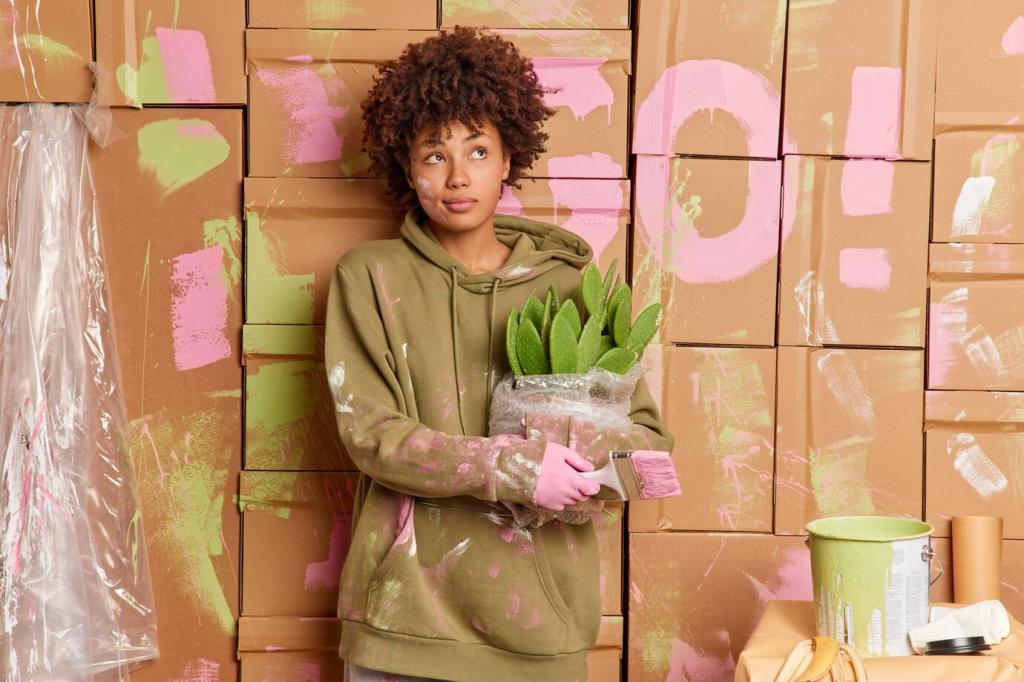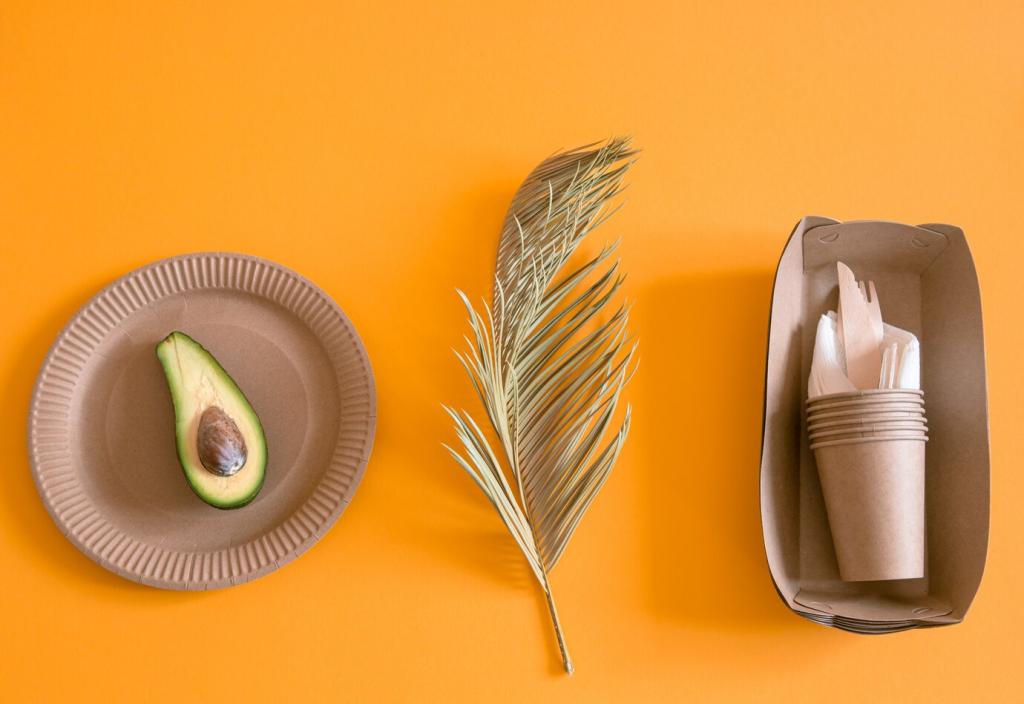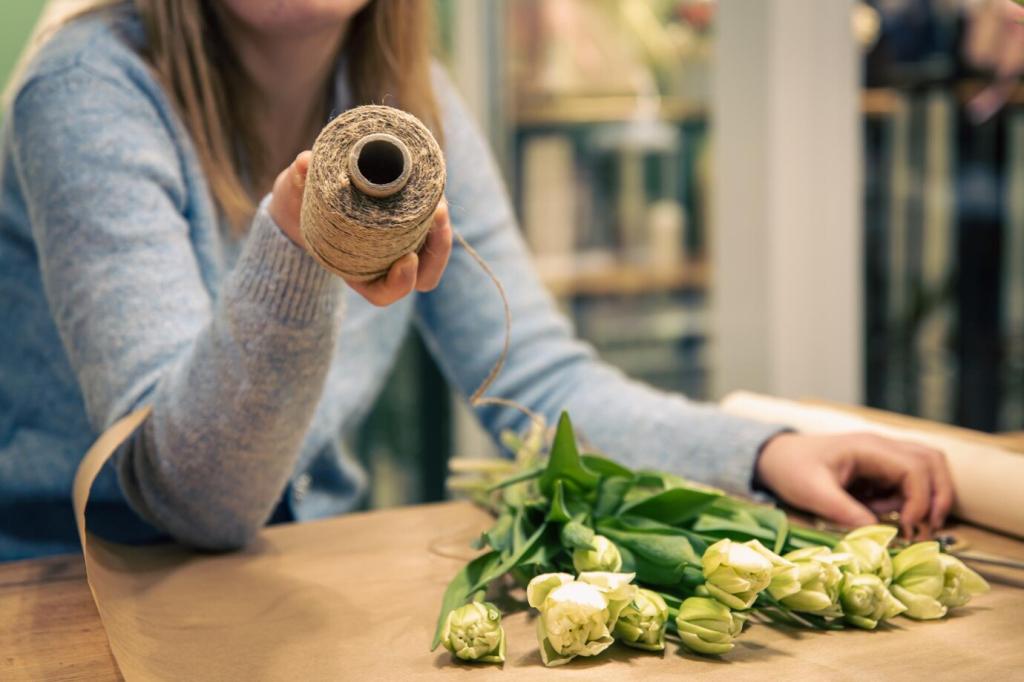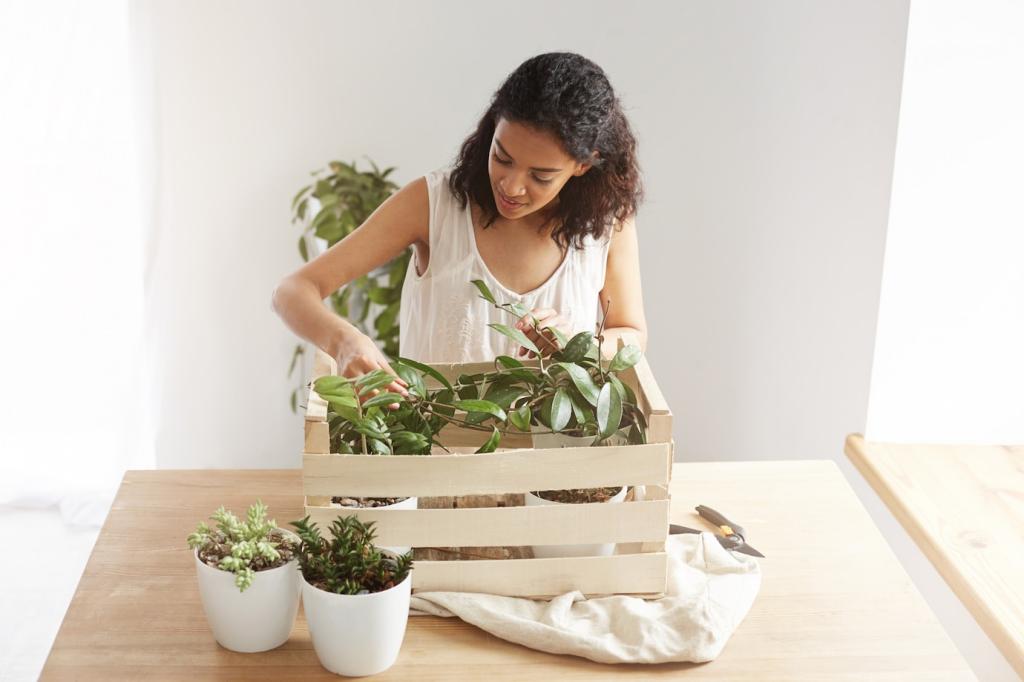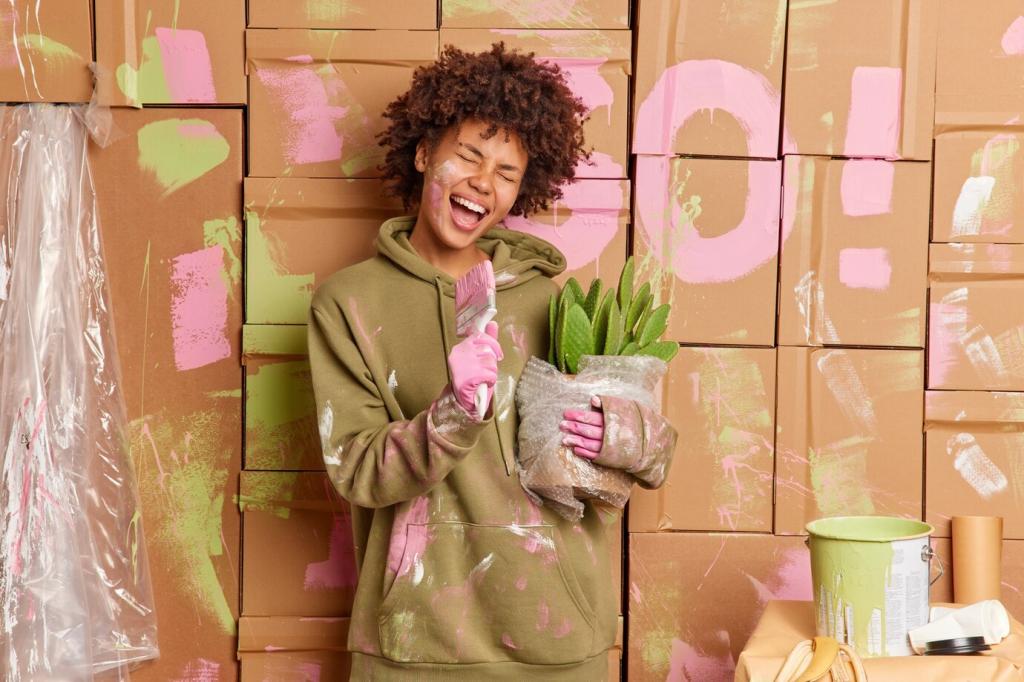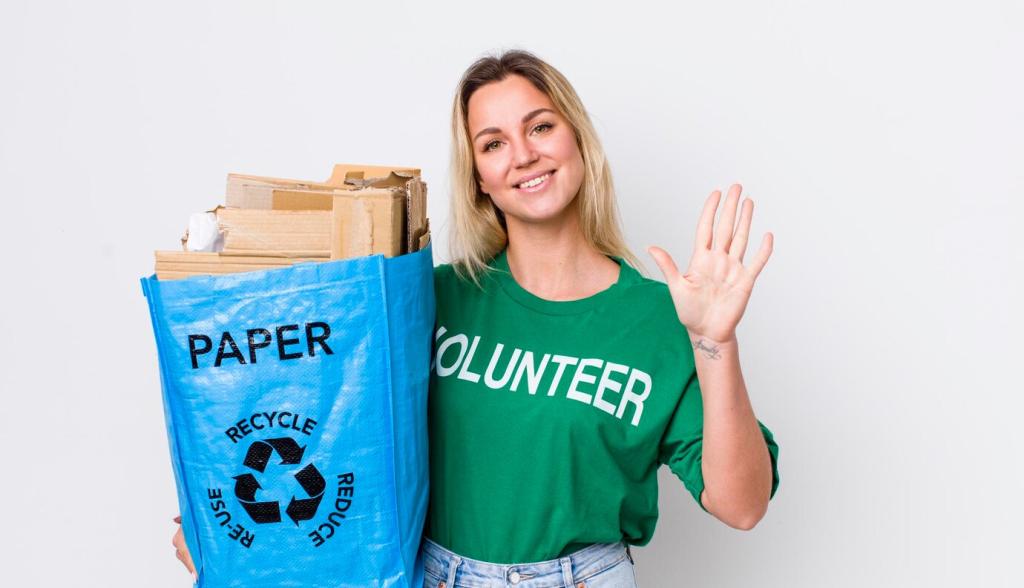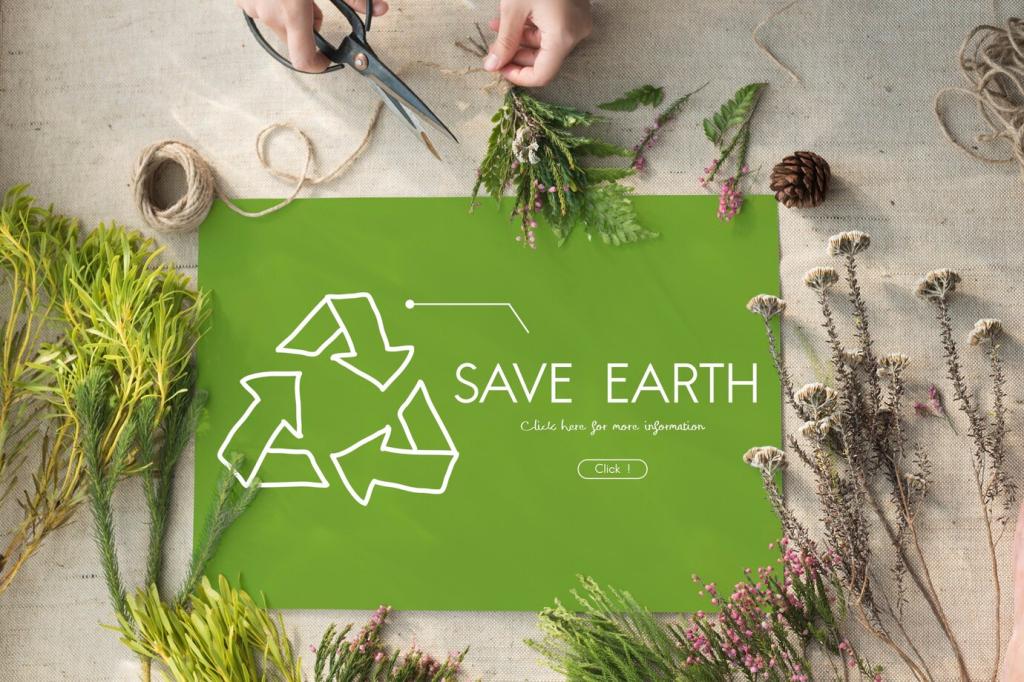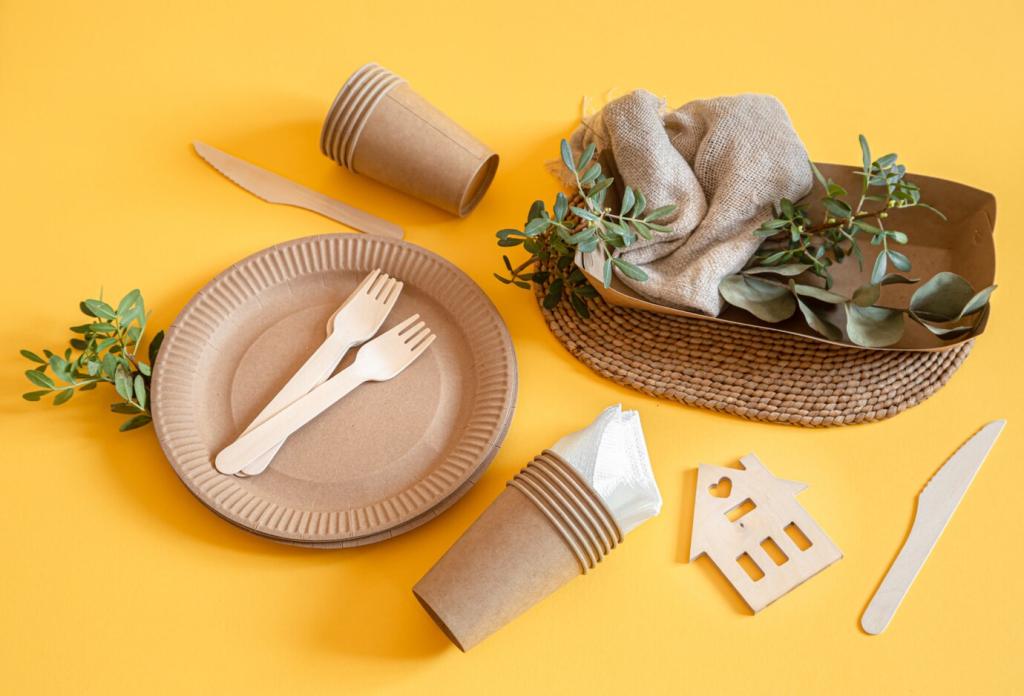Beyond Fabric: Foams, Fill, Frames, and Finishes
Certified natural latex (look for GOLS) provides resilient support without petrochemicals. Wool batting regulates humidity and resists dust mites. Kapok offers featherlight loft; coconut coir adds firm structure. Share your comfort preferences, and we’ll suggest blends that balance support, softness, and sustainability.
Beyond Fabric: Foams, Fill, Frames, and Finishes
Choose water-based, low- or zero-VOC adhesives, and avoid isocyanate-heavy sprays when possible. For wood frames, consider plant oils, hardwax, or shellac instead of high-solvent lacquers. If odors linger after delivery, ventilate well and ask the maker for emissions data. Comment with products that truly aired out fast.

